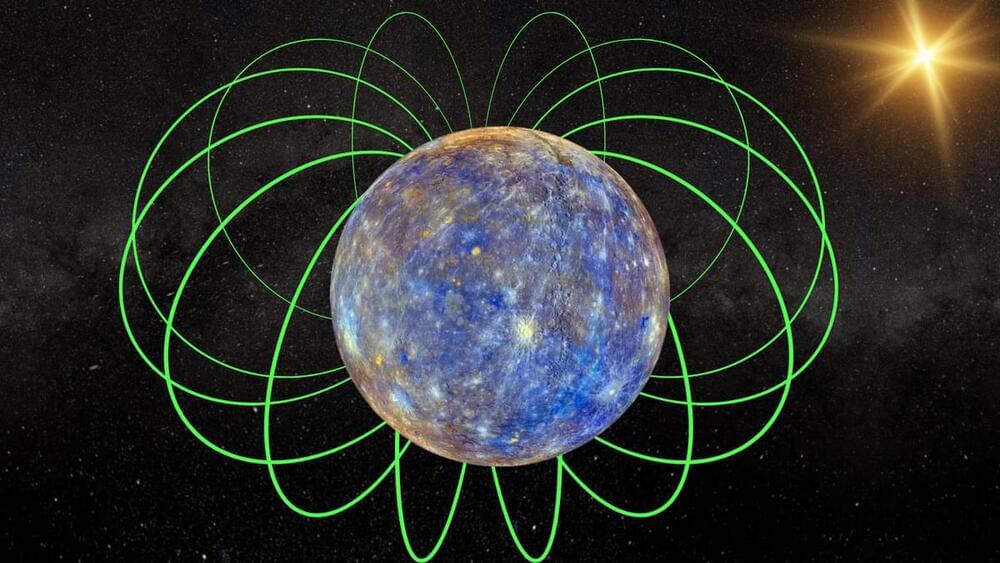The team also studied the direct interaction between charged particles in the solar wind as well as plasma around Mercury and BepiColombo itself. This process is complicated by the fact that when the spacecraft is facing the sun, it is heated and cooled, and heavier charged particles called ions can’t be detected because BepiColombo becomes electrically charged and repels them.
However, when BepiColombo slips into the shadow of Mercury, cool ions in a sea of plasma become detectable. This allowed BepiColombo to see ions of the elements oxygen, sodium and potassium around Mercury. The team thinks these particles originated from the surface of the tiny planet and were launched into space by meteorite strikes or solar wind bombardment.
“It’s like we’re suddenly seeing the surface composition ‘exploded’ in 3D through the planet’s very thin atmosphere, known as its exosphere,” MPPE instrument lead Dominique Delcourt, from the Laboratoire de Physique des Plasmas, said in the statement. “It’s really exciting to start seeing the link between the planet’s surface and the plasma environment.”









Leave a reply